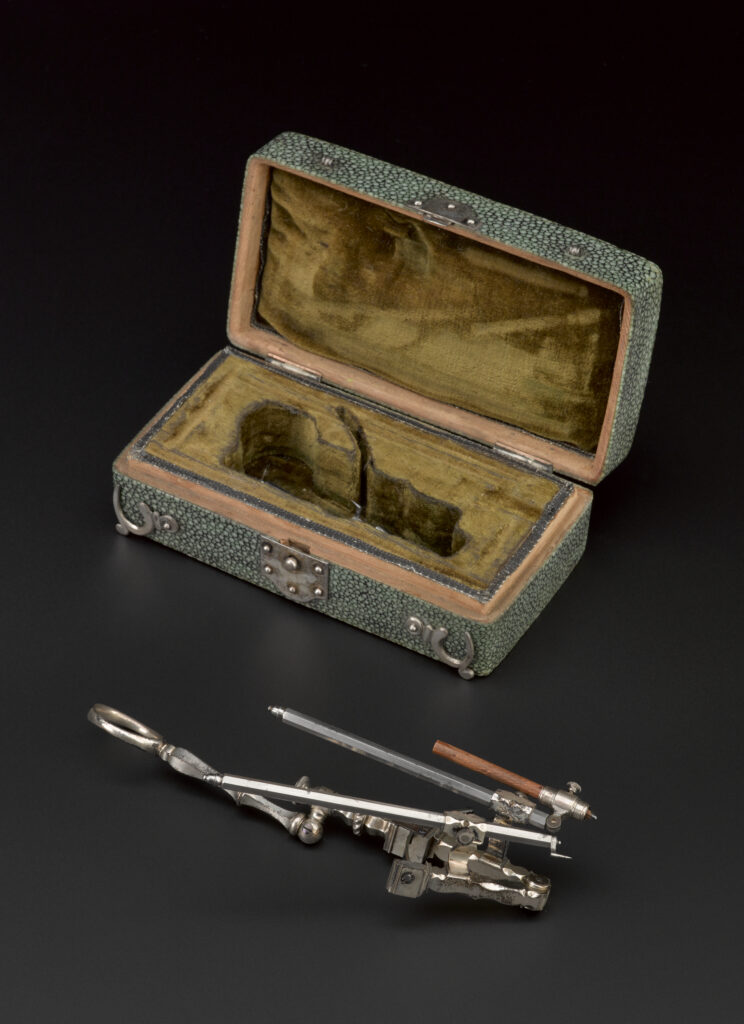Many creatures across the animal kingdom prefer to use one side of the body over another, just as humans do: 90 per cent of people using their right hands as their ‘write hands.’
Every person should have a 50-50 chance of being left or right biased so why do we prefer to be lopsided in the way that we behave, and our brains work?
Today, a study based on experiments carried out in the Science Museum provides insights into why we tend to be right-pawed, so to speak, providing new insights into evolution and brain development.
The handedness of people extends beyond writing and using tools – a significant majority of the population are faster and more accurate at recognising identities and emotions when they fall within the left side of their visual field, rather than the right.
There is good evidence that, across the animal kingdom, being handed helps carry out certain tasks but, said Prof Gillian Forrester, of the University of Sussex, it was not clear whether humans enjoyed the same benefits.
She decided to find out by recruiting more than 1600 visitors to the Science Museum to carry out experiments, along with colleagues from the University of Oxford, City University of London, Musée de l’Homme, Paris, Max Planck Institute for Evolutionary Anthropology, Leipzig, Germany, University of Westminster, London, and Birkbeck, University of London.
The full results of the study, funded by the Wellcome Trust, are published today in the journal Scientific Reports and show, said Prof Forrester, that aligning our handedness and other biases with our peers ‘may have social benefits’.
She added: ‘Our research residency at the Science Museum provided an invaluable opportunity to both challenge the public to consider our brains and behaviours within an evolutionary framework and simultaneously conduct valuable research.’
Once upon a time, scientists thought biases in behaviour were unique to humans and reflected differences in the dominance of the left and right brain hemispheres, each of which controls the opposite side of the body.
But, as has so often been the case, research in recent decades has shown plenty of handedness in other creatures and the way that they behave.
Studies conducted on animals suggests that brain hemisphere biases evolved because they allow the two sides of the brain to simultaneously do different things without the animals becoming muddled, or the two hemispheres conflicting.
So being right- or left-handed free up some brain power to make animals more efficient at finding food and, in general, surviving, for instance turning the right way to stay in a shoal or a flock to cut the risk of being picked off by predators, so they can pass their genes on.
The museum’s Live Science residency allowed the team to use museum visitors to study associations between the degree of hand bias and performance as well as direction of biases and social ability that had already been studied in animal research.
The team measured handedness using a timed colour-matching pegboard task, along with images of faces expressing different emotion (such as surprise or anger) presented on the right- or left-hand side of a screen.
People with mild to moderate strength hand bias (left or right) placed more colour-matched pegs correctly than those with a strong or weak bias, showing that, in humans, extremes of handedness may limit our flexibility, unlike wild animals.
To test the associations of social skills and handedness, Science Museum visitors were put in four categories according to their blend of hand and visual side biases: standard (right hand, left visual), crowded right (right hand, right visual), crowded left (left hand, left visual) and reversed (left hand, right visual). They also completed a survey that evaluated their social difficulties.
The standard profile, found in around half of participants, was not associated with a social advantage but the reversed profile, found in 12%, was associated with significantly lower social scores compared with the other groups, while people in the reversed group were also four times more likely to have a self-reported diagnosis of autism and/or attention deficit hyperactivity disorder, ADHD.

Prof Forrester said that team is now going to study if these bias profiles can act as an early risk marker for autism and ADHD during infancy, which could pave a way for earlier screening, diagnosis and the development of new interventions.
Prof Forrester will be appearing at the Royal Society’s showcase of science, the Summer Science Exhibition, which opens today in London.
‘Do come along to take our Great Ape Challenge to discover how our modern human language evolved from object manipulation skills that we share with our great ape cousins,’ she said.
‘And you can put your dancing skills to the test in our Baby Boogie exhibit, an interactive that demonstrates how newborn wriggling prepares the brain and body to enter the real world.’
‘The research behind The Great Ape Challenge exhibit adds support to the theory that we inherited our strong right-handedness for tool use from a last common ancestor of humans and non-human great apes.’
Meanwhile, the research behind the Baby Boogie exhibit ‘is already producing promising data suggesting that behavioural biases in infants at low and high risk of autism may exhibit different patterns that are detectable from the first days of life.’